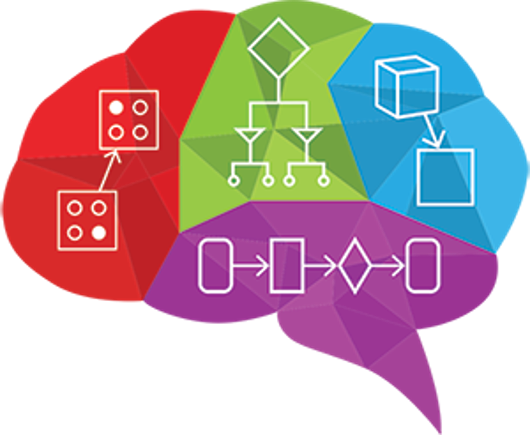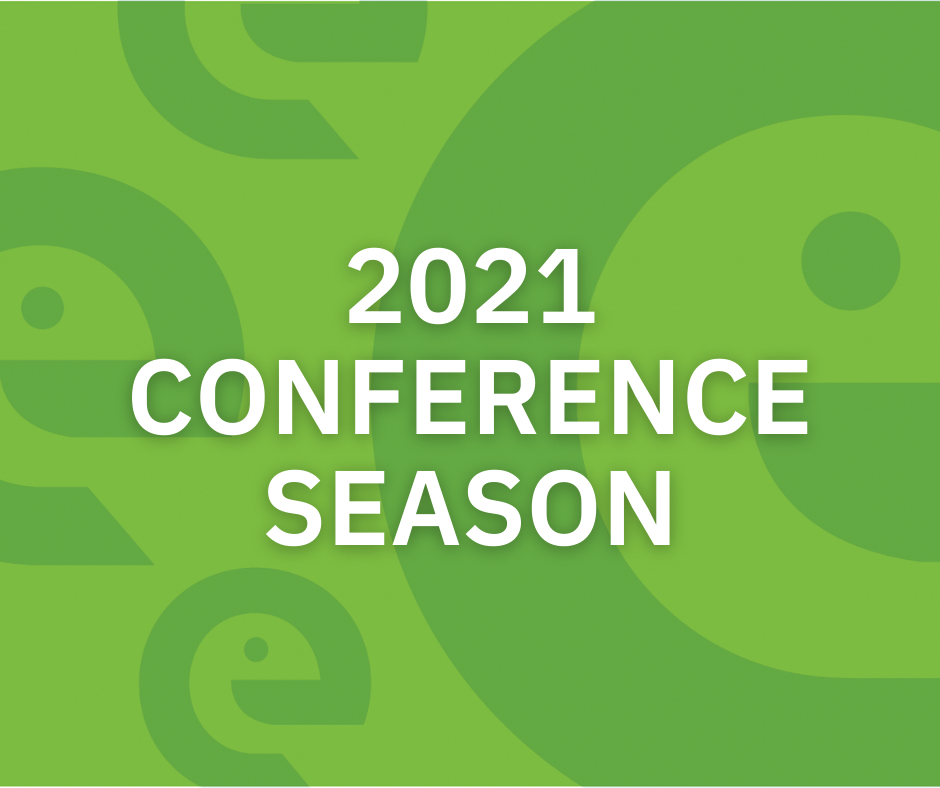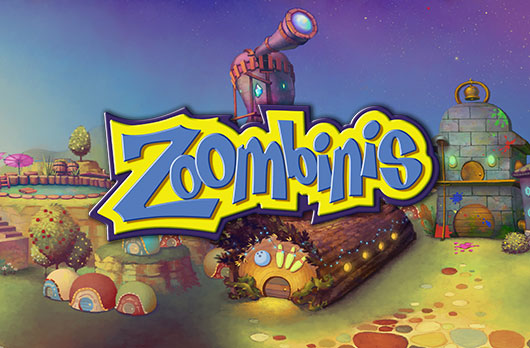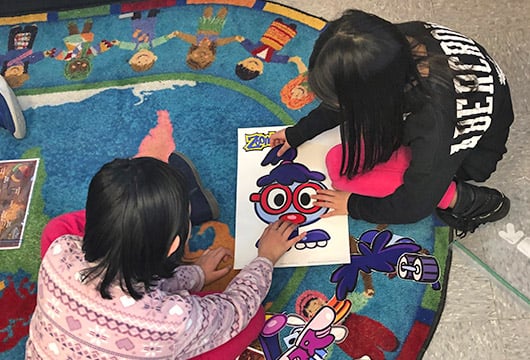TERC Blog
Computational Thinking and Neurodiverse Students
Part 4: Understanding Computational Thinking: An Interview with Jodi Asbell-Clarke
One more installment from Mike and Teon and our interview with Jodi Asbell-Clarke. We’ll be bringing you entries from others at TERC, as well as teachers we’ve worked with, in later posts.
For now, we’re going to wrap up with Jodi and how her work with computational thinking has turned her attention toward neurodiversity and executive functions.

Teon: Jodi, you and I co-founded EdGE together, along with Jamie Larsen, about ten years ago. And one of our main objectives was to try to broaden participation in STEM, using games to get to disengaged learners—kids who don’t consider school their primary focus but who are spending time playing games.
Jodi: Yes. We’ve done a lot of research in STEM game-based learning and assessment, and throughout that work, we knew we were engaging a different set of students. It’s the kids who are often disengaged in school who thrive in a game-based learning setting.
Teon: Can you talk to us a bit about how this has played out around CT?
Jodi: When we turned our attention to computational thinking, we saw that not only was the game-based learning of help, but computational thinking itself was a way to tap into some of the cognitive strengths of learners who don’t often succeed in other settings.
Mike: You say you saw this potential in CT. What did that actually look like?
Jodi: So this came from teachers in the first place, because when we were using Zoombinis, even in the early days in classes, we were finding teachers saying, hey, it’s my kids who usually struggle academically who are becoming leaders, not just doing fine at Zoombinis. They’re leading the class in Zoombinis. And that’s changing other students’ perception of them and the students’ perceptions of their own skills and capabilities.
Starting with this, and based on our subsequent research and learning, we see computational thinking as an avenue for inclusion, not just a need to support other students.
Teon: Indeed, this has turned EdGE’s attention toward neurodiversity.
Jodi: Yes. We’ve learned that computational thinking in and around games is a way to heighten the strengths and reveal the strengths of learners who may not be able to demonstrate those strengths in other ways. Many neurodiverse students in classes are very capable. They’re great problem solvers. They have wonderful ideas. It just doesn’t come out in typical schoolwork.
We’re looking at how to support students with autism, ADD, dyslexia, and other learning differences. Our recent research has raised our awareness that computational thinking may be a field that actually includes cognitive assets of some neurodiverse learners. What I mean by that is that kids with autism may be particularly good at some aspects of pattern recognition, and learners with ADHD may be particularly good at thinking outside the box and finding creative solutions. We want to capitalize on those cognitive assets, while also providing support for learners, and not introducing barriers that may stand in the way of their computational thinking. A word problem or a math problem with a lot of symbols and formalizations may stump a neurodiverse learner, even though they really understand the content underneath. We want to be able to eliminate the barriers that may keep them from demonstrating that understanding.
Teon: Don’t forget the teachers.
Jodi: Right. In our research practice partnership with Braintree Public Schools, a number of the teachers started realizing that computational thinking overlapped tremendously with exactly the type of problem solving and executive function skills they try to teach all the time. Teachers said, oh, I’ve been teaching this for 20 years, but computational thinking finally gives me words for the type of problem solving skills and the executive function skills that we know our kids need.
Computational thinking gives the teachers a set of practices they can distribute across their curriculum, and they actually have words and touchstones for these practices. Just having that hook to hang their hat on is grounding for the teacher, and allows them to return to this and thread it through their curriculum.
Mike: You mentioned executive function a couple of times.
Jodi: We’re really excited about the overlap between computational thinking and executive function. Executive function can be described as the processes one needs to be able to solve goal-oriented tasks or problem solving. These boil down to processes like breaking down problems into smaller problems and keeping track of where you are in that problem solving, seeing patterns across sets of problems that can be generalized and used in life skills as well as academic settings, and building routines, or you might call them algorithms, to accomplish problem solving and to pursue the tasks that we need to do in our daily lives.
These closely overlap with the practices we’re looking at in computational thinking. So we see a lot of potential for CT to address and assess neurodiverse learners.
In the last part of Jodi’s interview, she discussed the importance of work and how it supports all students. In addition, she discusses how her partnership with Braintree Public Schools and working with teachers has led to building curriculum for all types of learners.
In our next blog, Andee Rubin is interviewed about the ways she defines CT in her work and questions whether or not data science should be included in the broader CT definition.
Navigate to other blog posts in this series here:
- Bonus Article - What is Computational Thinking? Teachers' Understands of Computational Thinking










